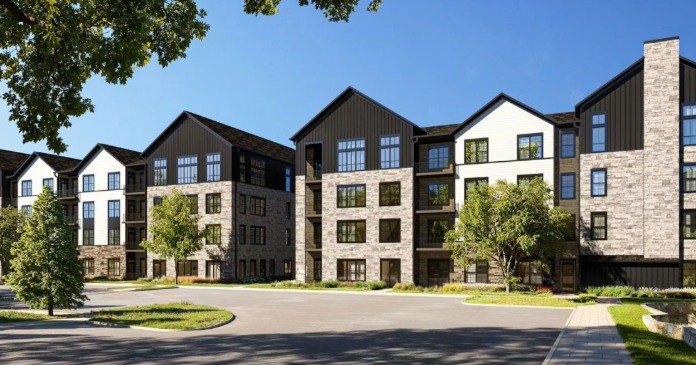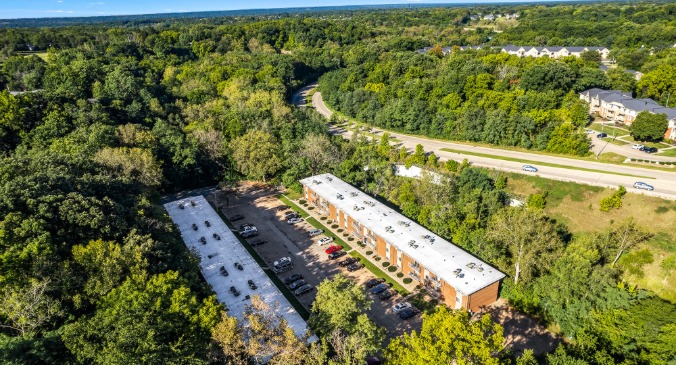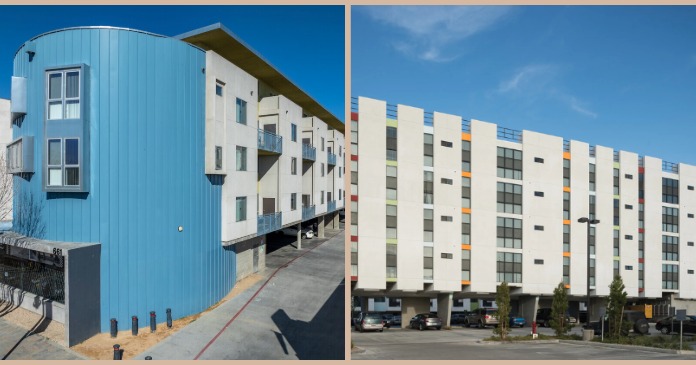A recent report from Trepp looked at the amount of securitized debt on multifamily property that is expected to come due over the next 2 years and estimated that 42 percent of that debt may be at risk of refinancing difficulty.
Sizing up the market
Securitized debt accounts for only $176 billion of the $940 billion in multifamily debt that Trepp estimates will mature over the next 5 years. Banks are estimated to hold the largest share of maturing debt at $344 billion.
Trepp breaks securitized debt into three main categories: commercial mortgage-backed securities (CMBS), commercial real estate collateralized loan obligations (CRE CLOs) and agency pools, largely Fannie and Freddie Mac securitizations. The report then concentrates on the $87.7 billion in multifamily securitized debt that matures in the next two years.
Assessing risk by 3 metrics
Trepp’s initial analysis looks at the debt service coverage ratio (DSCR) for the maturing loans and marks as “at risk” any loans with estimated DSCR’s below 1.25. By this measure 32 percent of securitized multifamily loans maturing over the next two years are at risk of refinancing difficulty.
A weakness with DSCR as a risk metric is that the terms of any new loan, particularly its interest rate, are likely to be less favorable than those of the current loan. Therefore, a property with an acceptable DSCR ratio for its current loan may find that the DSCR for the replacement loan is challenging.
To account for this issue, Trepp looked the current debt yield of the property. This is amount of the property’s operating cash flow that can be used to cover debt service divided by the total loan amount. It set a debt yield level of 6 percent as a threshold to indicate that a loan may be at risk. Trepp found that 29 percent of securitized multifamily loans maturing over the next two years are at risk by this measure.
The last metric Trepp looked at is the loan to value (LTV) ratio of the property. They set an LTV threshold of 85 percent to indicate that a loan may be at risk of refinancing difficulty. Trepp found that 8 percent of securitized multifamily loans maturing over the next two years are at risk by this measure.
The bottom line
Since a loan may be found to be at risk by one or all of Trepp’s metrics, the total percentage of at-risk loans is not the sum of the percentages indicated by each of the metrics. Overall, Trepp found that $37.1 billion, or 42.3 percent, of securitized multifamily loans maturing over the next two years are at risk of having difficulty finding replacement financing. The greatest portion of at-risk loans, 63.5 percent, are CRE CLO, with CMBS representing 16 percent and Fannie Mae and Freddie Mac accounting for the rest.
Where are they?
Trepp listed the percentage of securitized multifamily loans maturing over the next two years which their analysis indicates may be at risk for refinancing difficulty for 10 metro areas. However, only 4 of the metros listed exceeded the national average for percentage of loans at risk, and one of them only by a fraction of a percentage point.
Leading the list is the San Francisco metro with 53.5 percent of maturing multifamily loans considered to be at risk of refinancing difficulty. It is followed by Savannah at 46.0 percent.
At the other end of the list, Jacksonville Fla. has only 28.9 percent of maturing multifamily loans considered to be at risk of refinancing difficulty. New York has the next lowest rate of metros listed at 29.6 percent.
The full Trepp report is available here.













